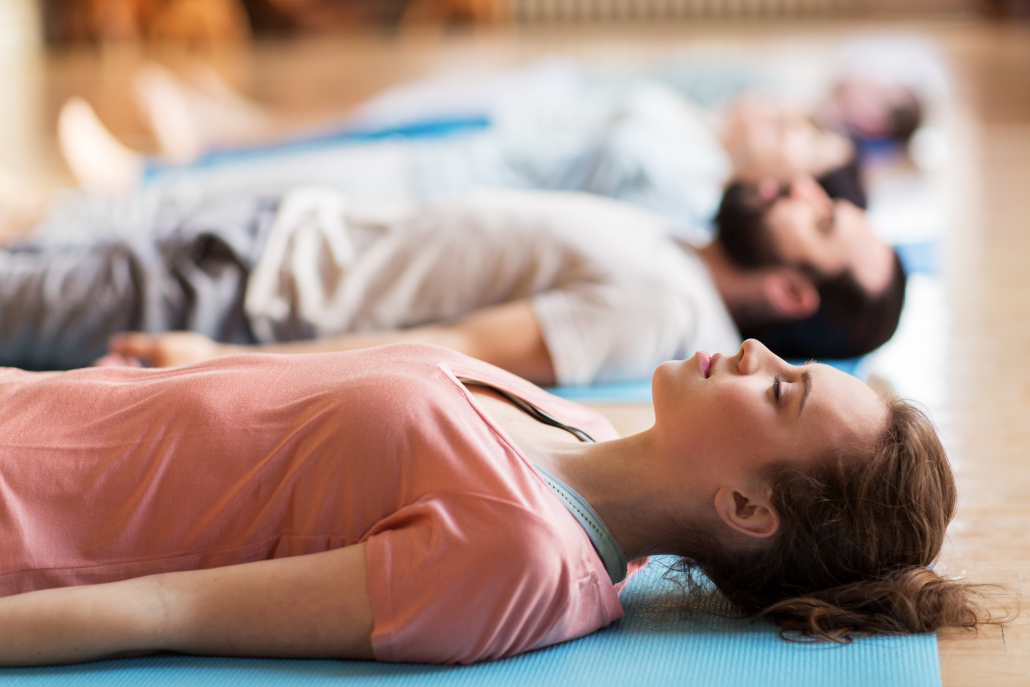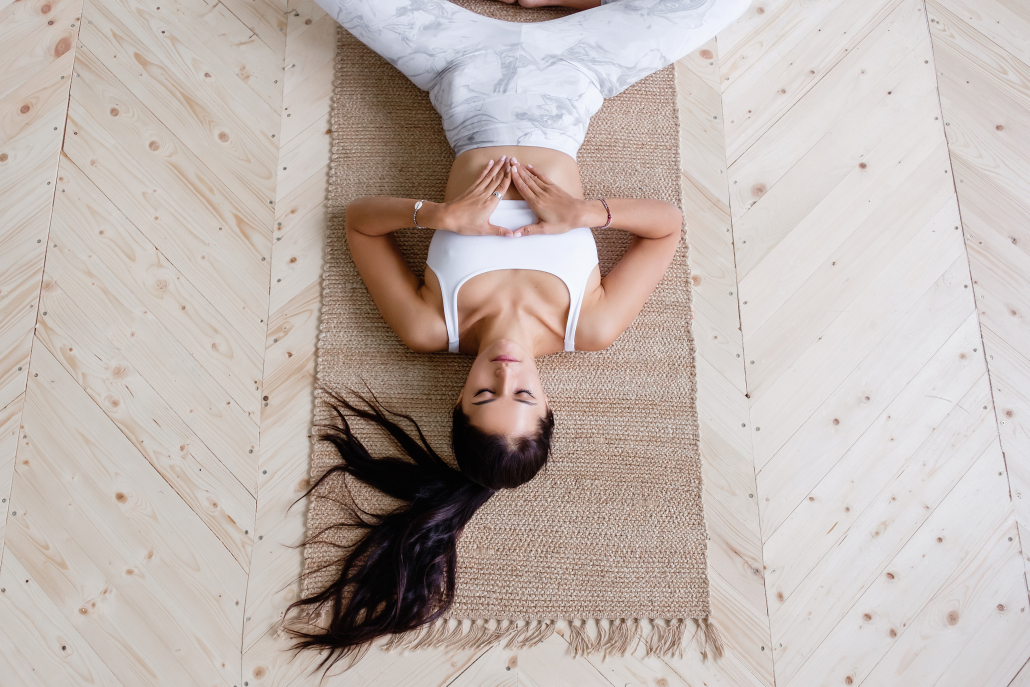We include products in articles we think are useful for our readers. If you buy products or services through links on our website, we may earn a small commission.
Low Intensity Exercises: Health Benefits and Types
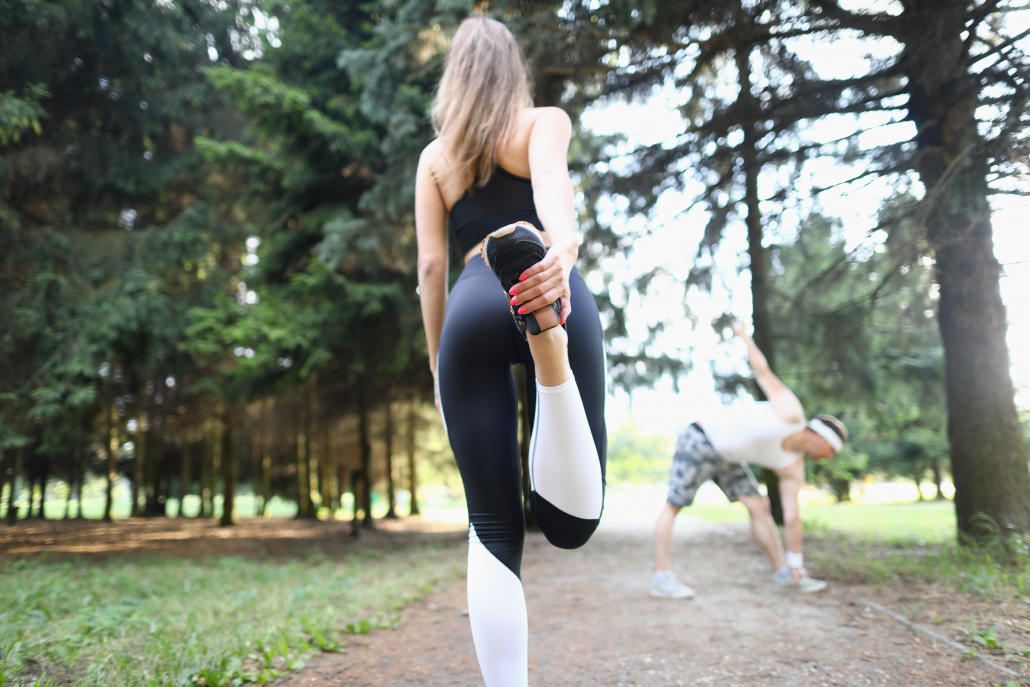
Low-intensity exercise provides powerful health benefits without the stress, and wear and tear, and inflammation of high-impact workouts.
The philosophy behind low-intensity workouts is informed by observations that hunter gatherer tribes rest as much as possible. This rest time is used for artistic creation, spiritual practices, and social bonding. The main form of physical activity is walking on average 10 kilometers (6 miles) per day, with short periods of running after prey.
Why does this matter? Because hunter gather tribes have extremely low incidences of the so-called “diseases of civilization” including obesity, heart disease, osteoporosis, diabetes, and various cancers.
In an attempt to optimize human health many researchers including Dr. Kiltz are seeking to adapt ancient lifestyle habits to modern living. Low-intensity exercise is a key component of Dr. Kiltz’s Pillars to Optimal Human Health.
Table of Contents
What is Low-Intensity Exercise
There are many exercises that can be considered low-intensity or practiced in a low-intensity way.
Popular low-intensity exercises include:
- Walking
- Cycling
- Swimming
- Stretching
- Yoga
- Hiking
- Standing and walking in an office/work setting–assisted by a standing desk
According to the American College of Sports Medicine, low-intensity training occurs when you use 57%-63% of your maximum heart rate for around 30 minutes or more. In sports medicine terms this is referred to as achieving “low-intensity steady state” or LISS [1].
On a physiological level low-intensity exercises increase your aerobic capacity. This is the ability of your body to utilize oxygen. Increasing oxygen utilization helps your body break down fat and carbs into fuel. It also increases the efficiency of oxygen transport to your muscles and strengthens your slow-twitch muscles [2][3].
Most people participating in low-intensity activities are able to enjoy conversations, making it a perfect practice for social bonding.
Benefits of Low-Intensity Exercises
Keeping your body moving is essential for your health. Low-intensity exercises are a great way for people from all ages and physical abilities to reap the health benefits of being a body in motion.
Avoiding Overtraining
One of the key benefits of low-intensity exercises is that they help people avoid overtraining.
Studies looking at high-intensity modern training practices show that “no pain, no gain” is in large part a fallacy.
Overtraining can suppress the immune system, damage muscles has been linked to depression, and can deteriorate aerobic, ventilatory, and cardiac efficiency [4].
Key Health Benefits
Other key benefits of low-intensity exercises include [4]:
- Supports fat-burning and weight loss. A 2014 study fount that LISS was more effective than high intensity interval training at improving the distribution of fat on the body [5].
- Easier recovery than high impact exercise thanks to less stress on heart, joints, and muscles.
- Strengthens your heart, lungs, muscles, and bones
- Calms the nervous system and improves sleep
- Improved blood flow throughout the body
- Improved brain function
- Lowers risk of heart disease
- Reduces stiffness
- Boosts mood
- Reduces risk of diabetes and obesity
- Can be more enjoyable than high-intensity exercise–enjoyment is a key factor in exercising consistently
- Improving balance by decreasing speed and engaging more muscle groups
Examples of Low-intensity Exercise
The following examples of low-intensity exercises are as beneficial as they are accessible.
Walking and Hiking
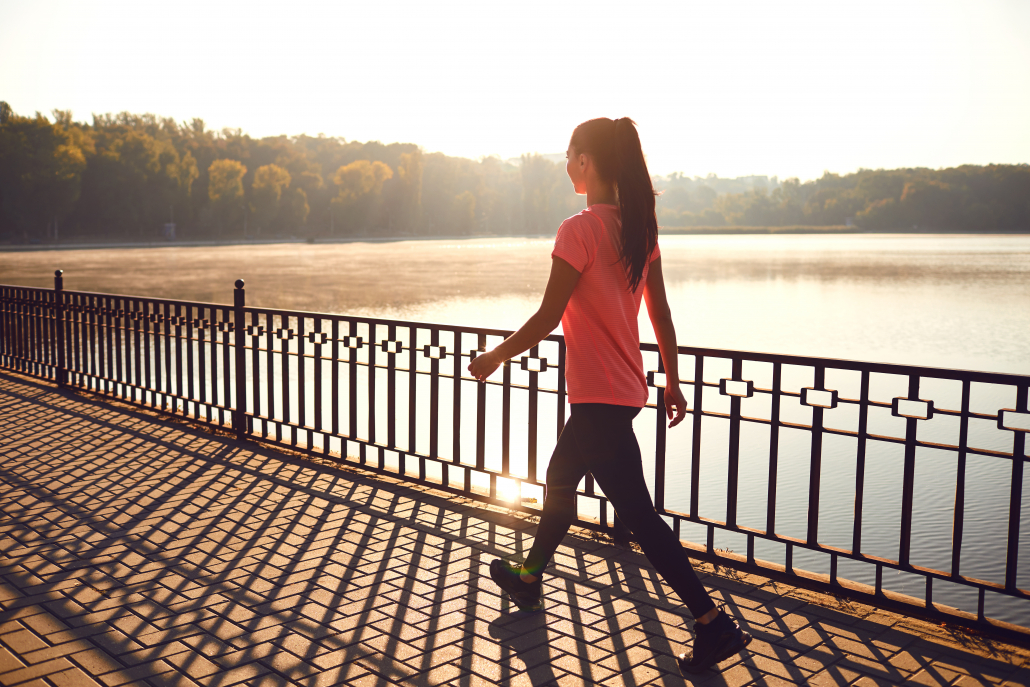
The human body is simply built to walk. Over eons, our ancestors evolved the ability to walk for long periods without being over-exerted in search of food or shelter.
What we aren’t designed for is working ourselves into frenzies and teetering on the edge of our lactate thresholds, as is the case with many popular ‘aerobic’ workouts.
The Hadza tribe in Africa, one of the last hunter-gatherer groups left on earth, walks between 7 and 12 miles per day [6]. And it’s believed that walking these distances was typical among our ancient ancestors.
Walking offers many benefits, let’s take a look at the highlights:
- Walking soon after a meal can increase insulin sensitivity, helping your body utilize food for energy [7]
- Boosts the immune system. A study of over 1,000 adults found that those who walked 30-45 minutes a day had 43% fewer sick days during flu season [8]
- Walking offers just the right amount of impact to strengthen your bones [9]
- Walking increases creativity. A study out of Stanford University found that walking increased markers of ‘divergent thinking’ by up to 60 percent [10]
- Walking increases vigor and improves mood [11]
Cycling
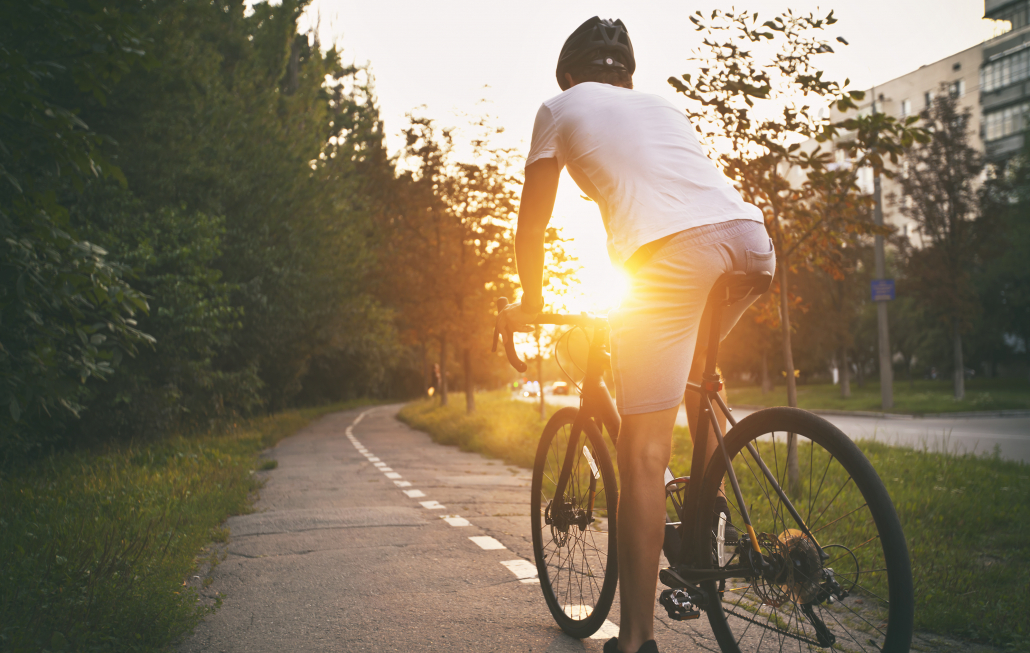
Cycling is a low-intensity and low-impact aerobic exercise that is accessible to people of virtually all ages and abilities. Cycling is both fun, healthy, and pragmatic.
Some of the studied benefits of cycling include:
- Lower levels of stress and, interestingly, deeper levels of spirituality–even when using a stationary bike indoors [12]
- Cycling may protect against Alzheimer’s and other neurodegenerative diseases [13]
- Cycling during pregnancy has been shown to result in easier labor and faster post-labor recovery than normal [14]
Swimming

Swimming is a non-weight-bearing low impact exercise. This means that it spares your body from the wear and tear that you’d get with most other exercises.
Key benefits of swimming include:
- Swimming is better than complete rest when it comes to muscle recovery [15]
- Swimming works out every part of your body, arms, legs and core
- The biological age of consistent swimmers is 20 years younger, than their actual age [16]
- Regular swimming has been associated with nearly 30% lower mortality rates and 40% lower heart disease rates [17]
Stretching
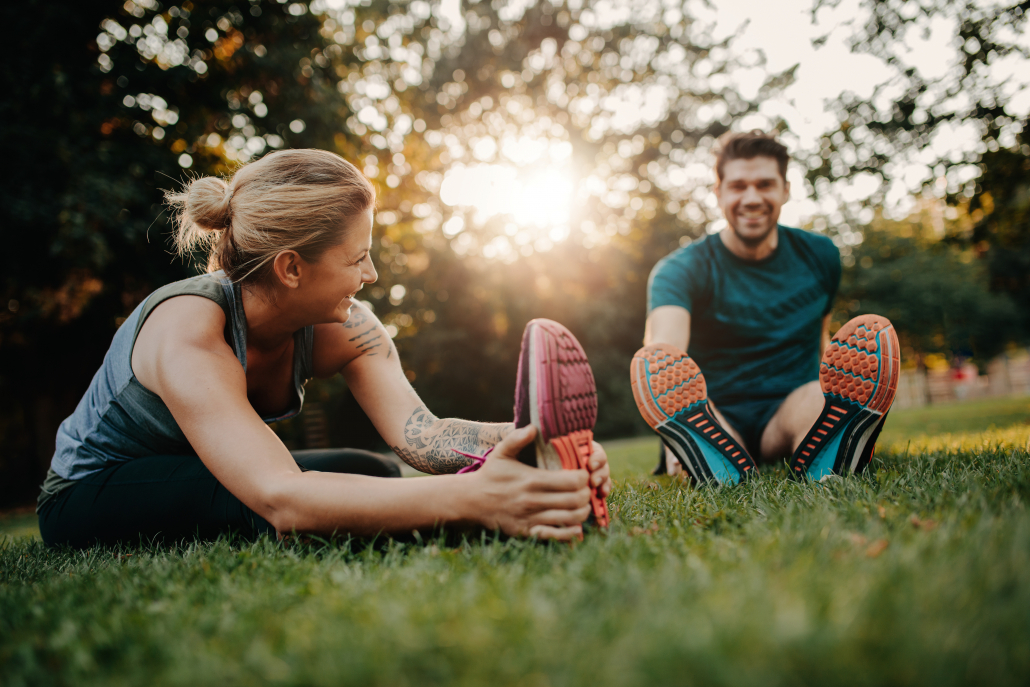
Daily stretching has numerous benefits including reducing injuries, minimizing inflammation, increasing energy, and maximizing mobility.
- Stretching muscles releases latent energy (ATP) and allows it to be utilized as energy
- Stretching leads to better posture by supporting the fascia that holds your body together [18] Proper posture can improve your body’s levels of oxygen, CO2, anandamide, testosterone, cortisol, estrogen, progesterone, adrenaline, and noradrenaline levels [19]
- Frequent stretching may enhance the circulation and oxygenation of muscles, allowing them to fully relax [20]
- Stretching may help reduce blood pressure [21]
How often Should you do Low-Intensity Exercise?
Because low-intensity exercise doesn’t put a lot of strain on your joints, you can do it on most days.
The key is to listen to your body. If you’re very sore or developing persistent aches, rest is essential. As with any exercise, proper rest is just as important as active periods.
Low-Intensity Exercise: The Takeaway
Low-intensity exercise provides powerful health benefits without subjecting your body to unnecessary wear and tear.
Bringing low-intensity exercises into modern life is a way to recreate the ancestral activity patterns that humans evolved to thrive on.











